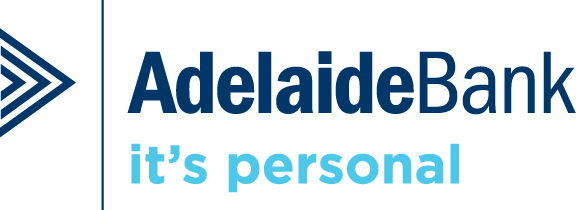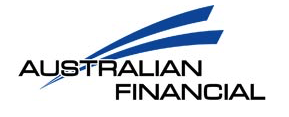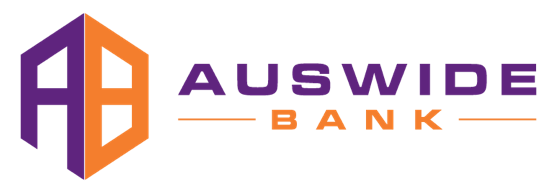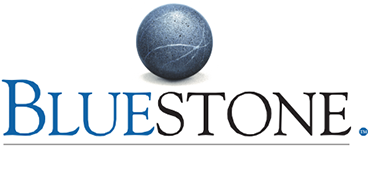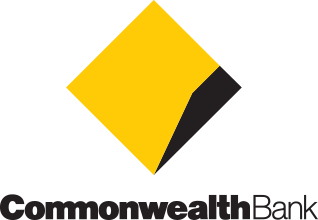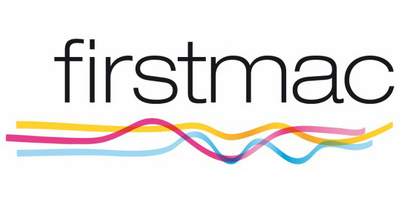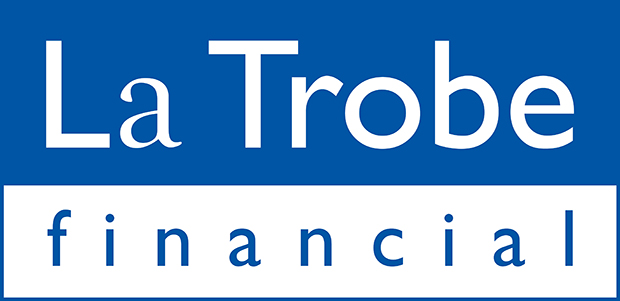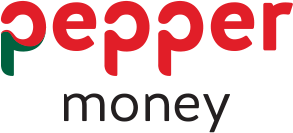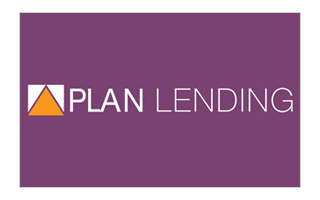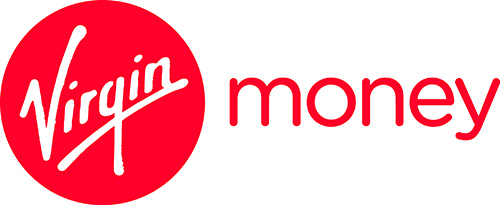Commercial Finance
Many mortgage brokers can help with your home loan and your business loan. There are several types of commercial and asset finance, so make sure you know the differences. Then you can decide which one will suit you.

What is commercial finance?
Commercial finance is an umbrella term for different kinds of business loans. They’re designed to help manage your capital and cash flow.
Types of commercial finance
Business overdraft: Your financial institution allows you to overdraw your existing business account up to an approved limit. You can only access the overdraft after your own funds have been used. The lender charges interest on the overdrawn amount. Businesses often use overdrafts as small loans, usually to cover cash flow gaps.
Line of credit: A long-term arrangement between a business and a lender, where the business can access funds up to an approved limit. The business may borrow all or part of the money at any time, but only owes interest and makes repayments on the amount used. Accessibility and flexibility are key here.
Term loans: A business borrows money and repays the lender in set amounts over a set period. Good for businesses that like predictable repayments.
Commercial rate loans: Also known as business markets loans. A business borrows a single loan amount, which can be spread across a combination of components, such as floating rates, fixed rates and cap rates. This helps to protect against interest rate movements.
Cash flow finance: A way for a business to get cash before their customers actually pay. There are two common methods used by businesses:
- Invoice discounting is where a business accesses a percentage of their debtors’ unpaid invoices through their lender, and the lender uses the debtors as security.
- Invoice factoring is where the lender assumes responsibility of the business’s debt ledger and chases payments on its behalf.
Both attract a fee and are designed to service the cash flow gap between outgoings and income.

